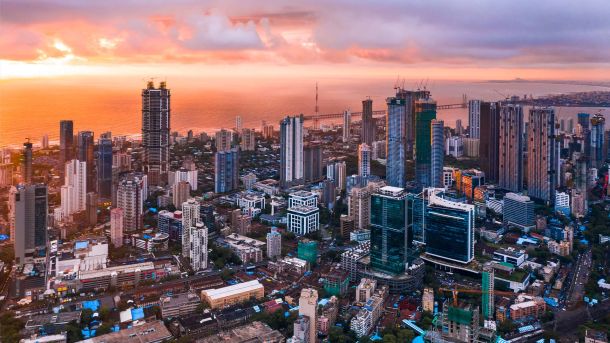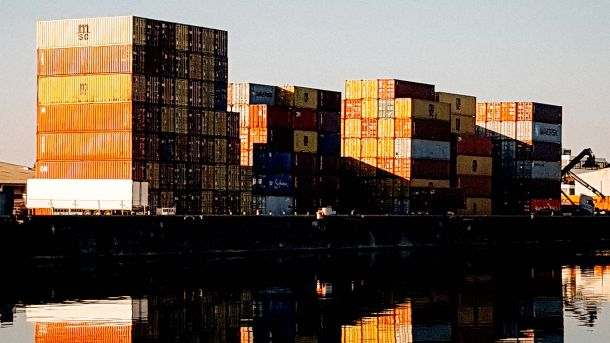Key factors contributing to this downturn include:
- Platinum Group Metals (PGMs): Down 24.1%, contributing to a 8.0 percentage point decline.
- Gold: Decreased by 2.5%, adding a further 0.3 percentage point to the overall decline and
- Coal: Contracting by 1.7% and subtracting a further 0.3 percentage point from total mining activity within South Africa.
However, iron ore production increased by 5.3% and added 0.7 percentage points in April 2025, partially offsetting the overall decline in mining activity.
Mining sales rose by 0.7% in April due to increases in key areas:
- Manganese ore: Up 6.0%, contributing a 1.6 percentage point increase.
- Gold: Rose by 56.6%, contributing an additional 9.4 percentage points.
Despite these increases, Platinum Group Metals (PGMs) sales, the largest negative sector, decreased by 20.1%, providing a 4.7 percentage point offset against the gains in other categories followed by Iron Ore sales that decreased by 25.9% and subtracted 3.5 percentage points from overall growth in mining sales.
The mining sector is crucial to South Africa’s economy, providing foreign exchange and directly employing approximately 431,000 people, according to StatsSA labour statistics. Nonetheless, there are significant challenges ahead, particularly concerning the potential closure of ArcelorMittal South Africa (AMSA) as seen in sales of iron ore that decrease notably during April 2025. The government is still battling to prevent AMSA’s exit from the market due to rising production costs and infrastructure issues, especially in ports and railways. Prompt action is essential to ensure AMSA’s continued presence in the mining and steel industry, amid concerns about access to the US market.
Globally, ongoing geopolitical tensions between the US and China, alongside their trade conflicts and tariff wars, have unsettled markets, reducing international trade. Fortunately, high tariffs have been temporarily reduced for 90 days following a “constructive but tense” trade meeting between the US and China regarding market access. The reduced tariffs announced by the Trump administration is set to expire by the 9th of July and trade deals with the US will have to be finalised before that to ensure reduced tariffs rates and access to the US market going forward. This development might positively influence production and sales volumes worldwide for both mining and manufactured goods if trade deals are finalised and agreed upon.





